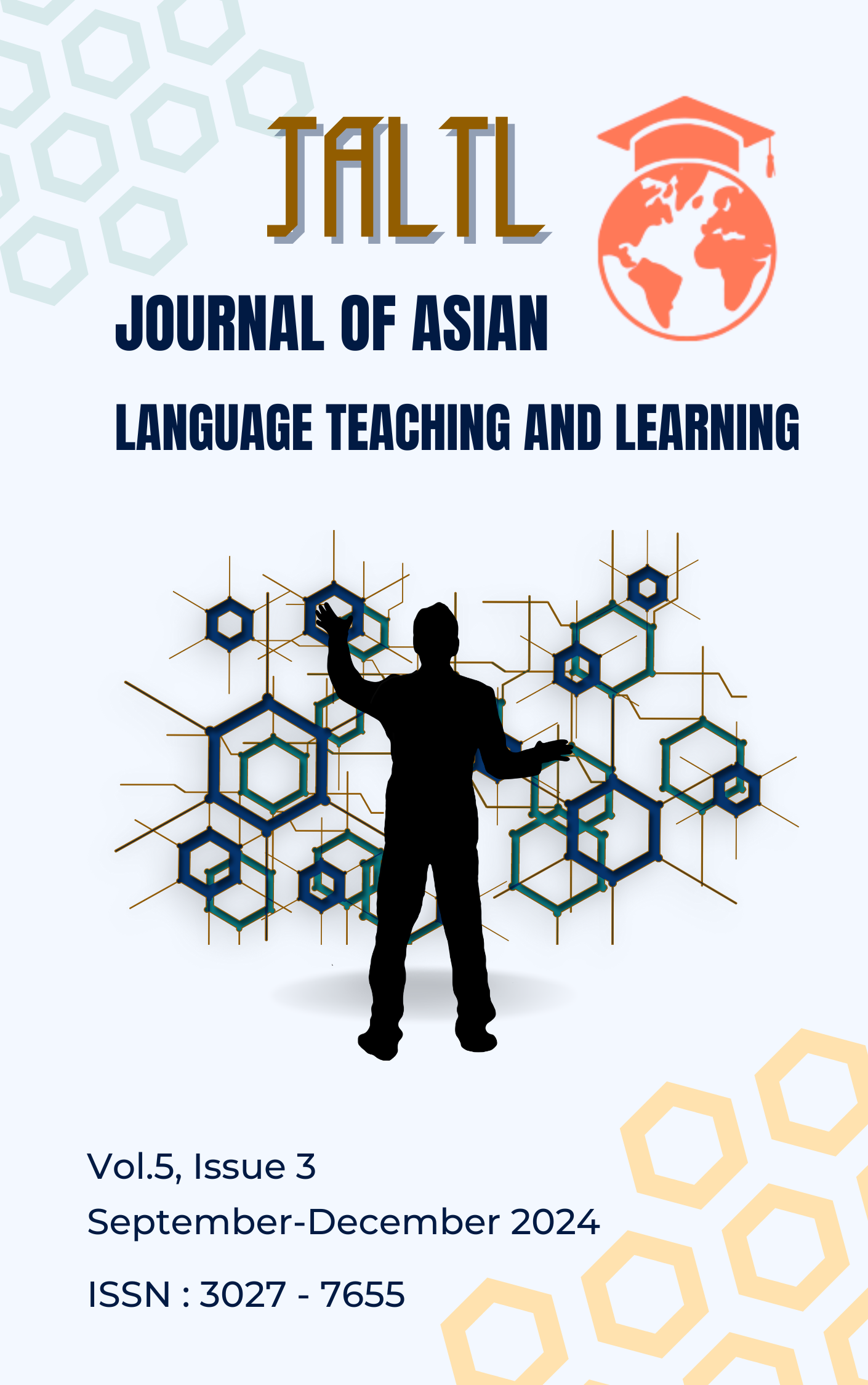A study of English-speaking skills for BA students at Dhammaduta Buddhist University in Bago, Myanmar
Main Article Content
Abstract
This research studied of Enhancement of English-speaking skills for BA students at Dhammaduta Buddhist University in Bago, Myanmar. The objectives were 1) To study English-speaking skills for BA students at Dhammaduta Buddhist University in Bago, Myanmar, 2) To develop English-speaking skills for BA students at Dhammaduta Buddhist University in Bago, Myanmar, 3) To study students' satisfaction with English-speaking skills for BA students at Dhammaduta Buddhist University in Bago, Myanmar.
The results of this research were found that
1) The illustrates of English-speaking skills for BA students at Dhammaduta Buddhist University in Bago, Myanmar was found that the overall average was 4.25, which was at a satisfied level.
2) The students who have the score post-test of use of experiment take the model of English-speaking skills of BA students at Dhammaduta Buddhist University in Bago, Myanmar (= 17.85, S.D. = 1.31) were higher than the score of pre-tests in the use experiment the manual for Guiding English-speaking skills of BA students at Dhammaduta Buddhist University as statistically at 0.5.
3) The satisfaction of use experiments the manual for Guiding English-speaking skills of BA students at Dhammaduta Buddhist University in Bago, Myanmar was found that the overall average was 4.33 which was at satisfied level.
Article Details

This work is licensed under a Creative Commons Attribution-NonCommercial-NoDerivatives 4.0 International License.
References
Boletta William. (1991). Fast Fluency: Communication in English for the International Age. English: Logos International, p. 3.
Gupta, Manish. (2015). Let's Talk in English: A Practical Guide to Speaking Fluent English. India: Penguin Books Limited, p. 72.
Jack C. Richards. (2005). Communicative language teaching today. Singapore: SEAMEO Regional Language Centre, p. 1.
Jenjira Jindakul. (2022). The development of English reading comprehension ability by using exercises based on murdoch integrated approach (MIA) for students in grade 11 Watcharawittaya school, Kamphaeng Phet(Thesis of Master of Education Program, English major). graduate school: Naresuan University.
Kesda Thanghun. (2012). Using Task-Based Learning to Develop English Speaking Ability of Prathomsuksa 6 Students at Piboonprachasan School(Master’s Thesis). Srinakharinwirot University.
Nurat Yamchai. (2016). The Use of Task-based Learning to Enhance English Oral Presentation Skill for 1st Year Students, Silpakorn University(Master’s Thesis, English Language Teaching). Silapakorn University.
Phra Natthakit Kittiyano. (2020). A Study of English Speaking for Oral Presentation of the Bachelor of Arts Fourth Year Students of Mahachulalongkornrajavidyalaya University Chiang Mai Campus at Muang of Chiang Mai in Thailand(Thesis of Master of Arts in English, International Program). Mahachulalongkornrajavidyalaya University.
Pranee Aanthaboot. (2012). using communicative activities to develop English speaking ability of Matthayomsuksa three students(Master of Arts Degree in Teaching English as a Foreign Language). Srinakharinwirot University.
Sato, Koichi. (2003). Improving Our Students' Speaking Skills: Using Selective Error Correction and Group Work to Reduce Anxiety and Encourage Real Communication. Georgetown University, p. 5.
Sippanon Lakhonkhwa. (2020). Improving English Reading Abilities of 7th Grade Students by Using Scaffolding Reading Experience Strategies(Thesis of Master of Education, Curriculum and Instruction). Rajabhat Maha Sarakham University.
Stephen R. Anderson. (2010). How many languages are there in the world. Linguistic Society of America, 1-12.
Thuma Bourjan. (2003). Problems on Stress in English Pronunciation of Mathayomsuksa 6 Students(Master Thesis). Graduate School: Mahasarakham University Thailand.
Wanicha Siraranghom. (2020). The Analysis of Needs in English Speaking Skills and Problems of Navaminda Kasatriyadhiraj Royal Air Force Academy Graduates in Speaking English in the Workplace. Dhammathas Academic Journal, 20(4), 40-52.

